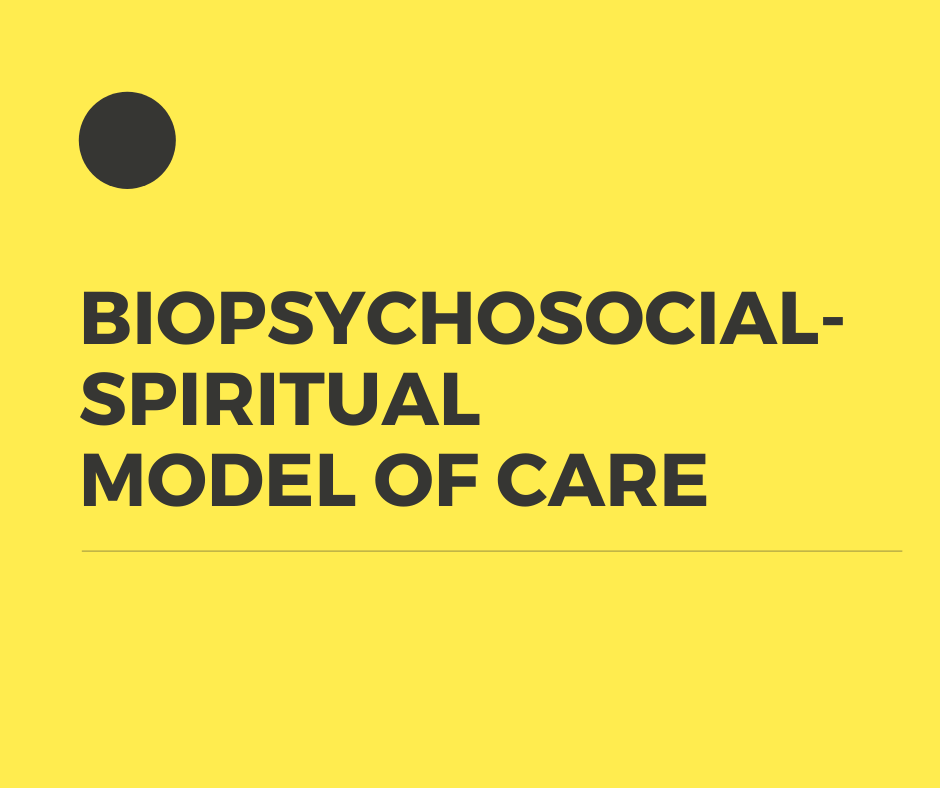Patrice Richardson.
There is no doubt that the American population is aging; life expectancy has increased and, in turn, more people are living longer and sicker. By the year 2030, 70 million Americans will reach the age of 65. Medicare expenditures totaled $731 billion in 2018; a large portion of these expenditures were spent within the last 2 years of life, a fact many clinicians can attest to as they care for chronically ill patients.
As medical science has evolved, many conditions that were once considered “death sentences” have become chronic conditions that require long-term medical intervention and management. In many ways this makes end of life care more complicated, fraught with decisions about what interventions are appropriate and when to withhold or withdraw care.
The process of dying, once thought an art, has now become a science. In Western Europe and North America, until the 19th century, caring for the dying and the bereaved was seen primarily as the job of the family and the church. The culture of death changed dramatically during the 20th century.
With the advances in medical science, death is seen less as a natural part of life and more as something to be kept at bay for as long as possible. Death and dying have shifted from the home and community to institutional settings, and medical personnel have now become the sentinels. Death and all that surrounds it has become more of a biomedical process, explained through a series of physiologic events. If we fail to look at the emotional, social, psychological and spiritual components of death and end of life, we have truly missed the boat on providing whole-person care.
As delivery models of health care have evolved, conversations about preferences and goals at end of life have become more culturally acceptable. According to data collected by the CDC, there are many factors that play a part in the place of death. These factors include individual preferences, cultural beliefs, access to care, age, social support, and race and ethnicity.
When surveyed, the majority of Americans state that their preference is to die at home, yet for many this goal is not met and end of life care is provided in an institution. Over the past 25 years there has been a shift in where people spend their last days. While 23% to 36% of Americans die in institutions such as a hospital or nursing home, data shows that in 2007 approximately 25% of all deaths occurred at home, increased from 16% and 22% in 1989 and 1997 respectively.
Biopsychosocial-spiritual model
The biopsychosocial model has become more widely accepted as a framework for understanding the needs of patients and their families, more so than the traditional pathophysical and biological/disease-process approach. Within this model, illness is viewed within the context of the complex interplay of biological, social, psychological and spiritual factors that frame an individual’s response.
This model recognizes that for one to provide effective health care, consideration has to be given to relationships—the patient’s relationship with self and others within their immediate circle as well as relationships within the larger community. Consideration also has to be given to the clinician’s relationship with the patient. All of these things, when seen as a whole, help to tell the unique story of each patient. It helps to create a narrative for their response to and understanding of their illness .
Recognizing the need for whole person, patient and family centered care, the medical establishment has become reasonably adept at addressing the biological, social and psychological factors that are at play in a patient’s experience of serious illness. We have become accustomed to a multidisciplinary model of care, relying on the knowledge and expertise of our psychiatry, social work and case management colleagues to help us navigate areas with which we are less familiar.
It should be no less so with regard to spiritual care. As with other dimensions of whole-person care, there is a reasonable expectation that providers have at least basic language to assess the spiritual needs of a patient. For many with serious or life-threatening illness, this is when spiritual needs are the greatest.
In the Coping with Cancer Study, 230 patients with a diagnosis of advanced cancer and prognosis of less than 1 year were interviewed. Patients rated the importance of religion to them and their attendance at religious services or private religious activities such as prayer before and after their cancer diagnosis. They also rated the amount and quality of spiritual support received from the medical system as well as their own religious community.
Of these patients, 68% identified that religion was very important, 20% found it somewhat important and the remaining 12% found it was not important. Eighty-nine percent of African-Americans, 79% of Hispanics and 59% of Whites noted religion to be very important. Increased religiousness was associated with increased patient distress at the time of the study. Additionally, the study noted that private daily religious activities such as prayer and meditation increased from 47% before diagnosis to 61% after diagnosis. This study clearly highlights the importance of spirituality and religion to patients struggling with serious illness .
The importance of spirituality, religion and culture in the lives of our patients cannot be overlooked. These factors serve as key components to build the framework by which patients guide decision-making during illness and at the end of life. Many patients share that spirituality helps them to find meaning in their illness.
Conversely, spiritual concerns can be a source of distress for patients if they see their illness as punishment for a life poorly lived. The role of religion goes beyond here and extends to a place where patients rely on religious practices or spiritual beliefs to guide their choices about end of life care. Despite this knowledge on the part of clinicians, patients often identify that their spiritual needs are not adequately met, and that spirituality is not discussed as openly as they wish.
Sources
- Institute of Medicine. eds. Retooling for an Aging America: Building the Health Care Workforce. Washington (DC), US: National Academies Press, 2008.
- Satcher D, Pamies RJ. eds. Multicultural Medicine and Health Disparities. New York, NY: McGraw-Hill Companies Inc, 2006.
- Spillman BC, Lubitz J. The effect of longevity on spending for acute and long-term care. N Engl J Med 2000;342:1409-15. [PubMed]
- Lunney JR, Lynn J, Hogan C. Profiles of older medicare decedents. J Am Geriatr Soc 2002;50:1108-12. [PubMed]
- Kaufman SR. Intensive care, old age, and the problem of death in America. Gerontologist 1998;38:715-25. [PubMed]
- Starr P. eds. The Social Transformation of American Medicine. New York: Basic Books, 1982.
- Steinhauser KE, Clipp EC, McNeilly M, et al. In search of a good death: observations of patients, families, and providers. Ann Intern Med 2000;132:825-32.

Support Hospice Chaplaincy
You can donate to support the work of Hospice Chaplaincy here. Thank you in advance for supporting our work to ensure that hospice chaplains have free quality resources to do the job well.
$5.00







Leave a comment